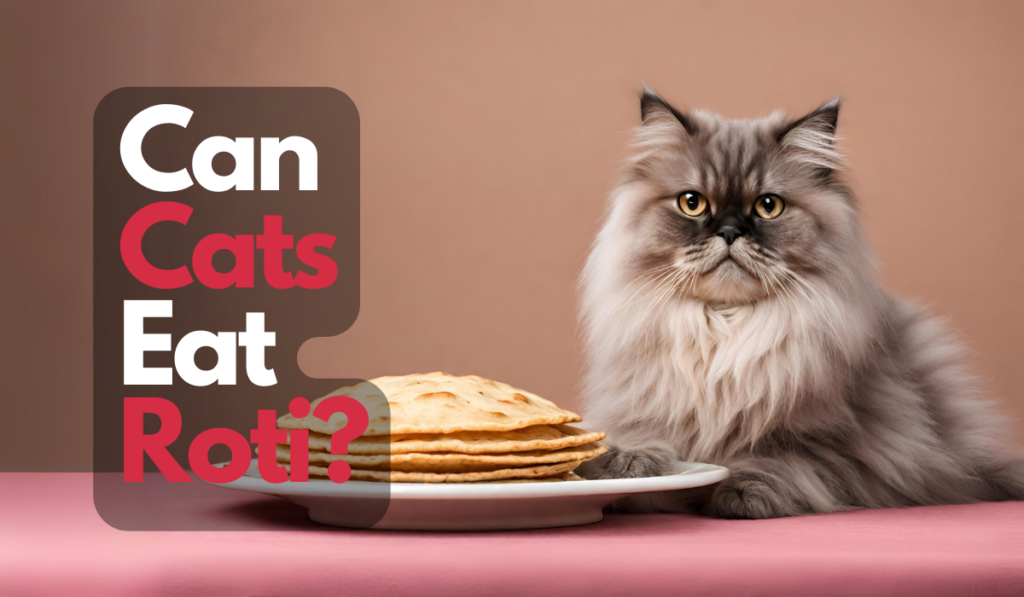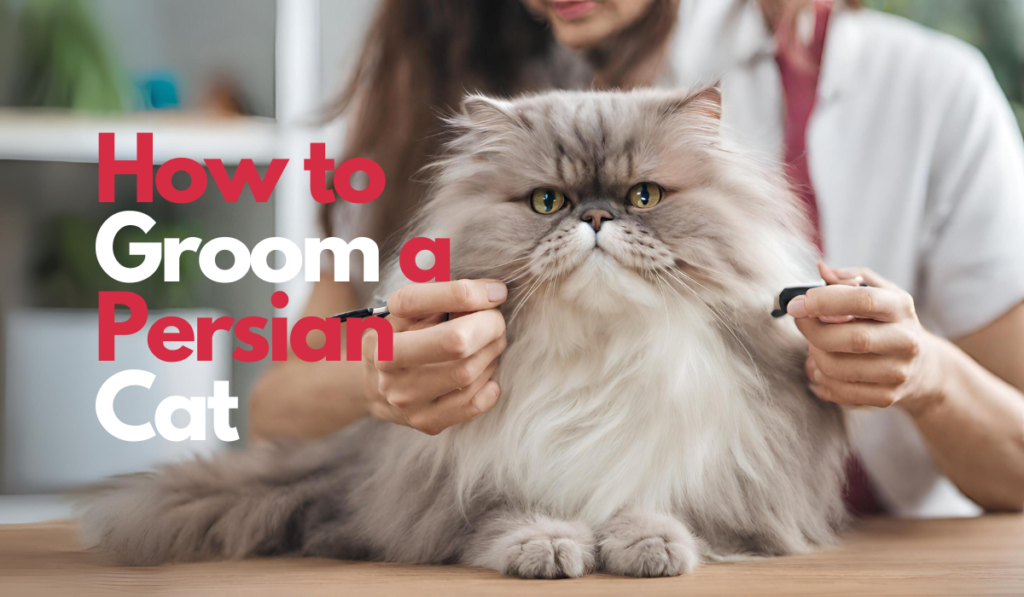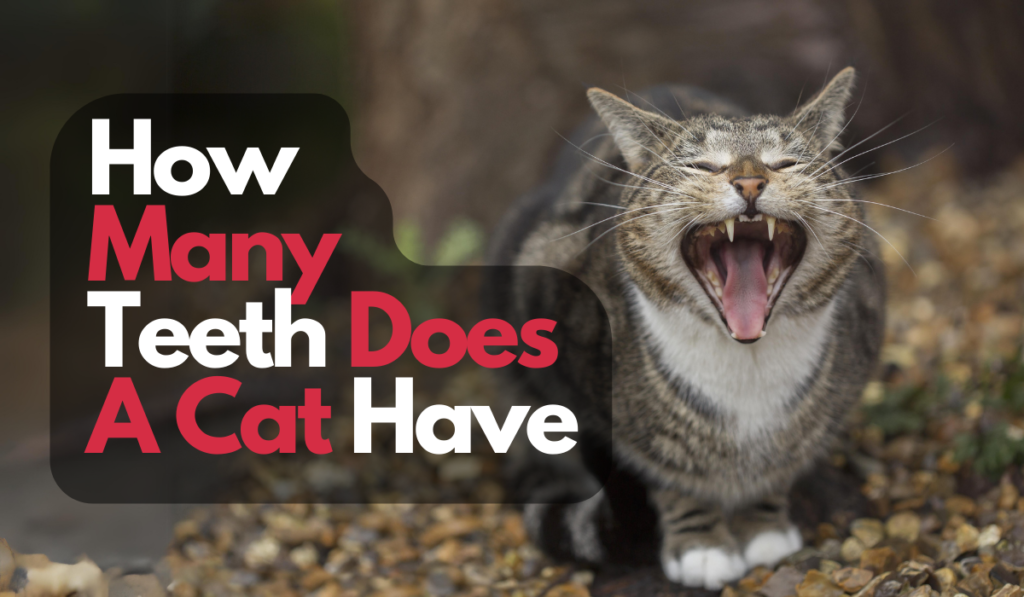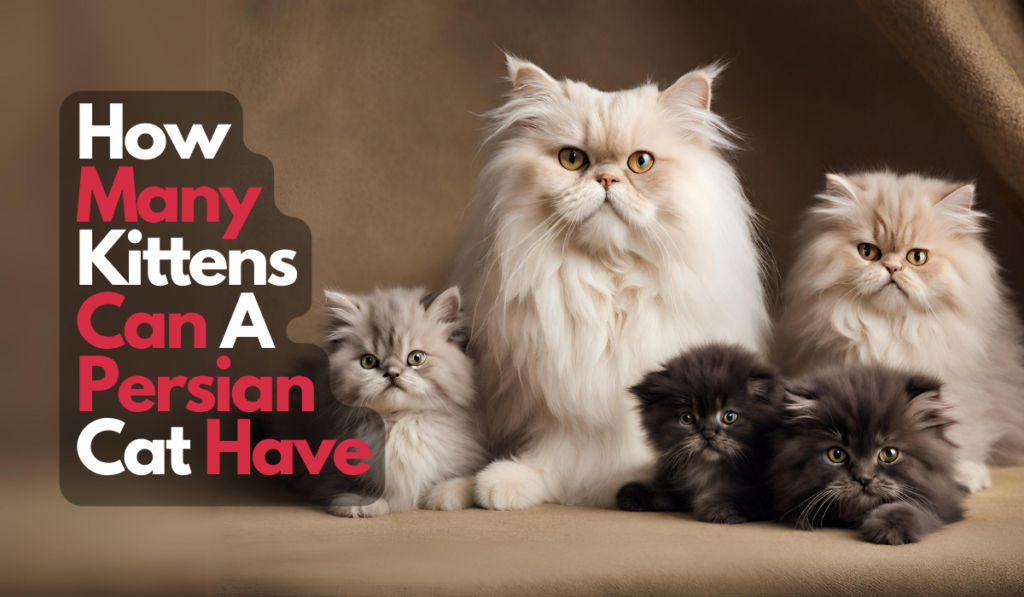If you are a cat owner who loves roti, you might be wondering if you can share this delicious flatbread with your feline friend. Can Cats eat Roti? Roti is a staple food in many parts of the world, especially in India, Pakistan, Bangladesh, Nepal, and Sri Lanka. It is made from wheat flour, water, and sometimes salt or oil. It is cooked on a flat griddle or tawa until it puffs up and becomes soft and flaky.
But is roti safe for cats to eat? Can it provide any nutritional benefits for them? Or can it cause any health problems or allergies? In this article, we will answer these questions and more, based on scientific research and expert opinions. We will also give you some tips on how to feed roti to your cat safely and moderately, if you decide to do so.
Can Cats eat Roti? What are the nutritional benefits?
Cats are obligate carnivores, which means they need a diet that is high in animal protein and low in carbohydrates. They have evolved to digest meat efficiently and derive most of their energy from it. They also need certain amino acids, vitamins, and minerals that are only found in animal sources.
Roti, on the other hand, is a plant-based food that is high in carbohydrates and low in protein. It does not contain any essential nutrients that cats cannot get from meat. Therefore, roti is not a necessary or beneficial food for cats.
However, this does not mean that roti is completely useless or harmful for cats. Roti can provide some calories and energy for cats, especially if they are underweight or have a high activity level. Roti can also provide some fiber, which can help with digestion and prevent constipation.
Roti can also serve as a treat or a reward for cats, as long as it is given in moderation and does not replace their regular cat food. Check out this article to learn can cats eat biscuits?
What are the potential risks of roti for cats?

While roti is not toxic or poisonous for cats, it can still pose some risks if fed too often or too much. Some of the possible problems that roti can cause for cats are:
- Obesity: Roti is high in calories and carbohydrates, which can lead to weight gain and obesity in cats if they eat too much of it. Obesity can cause various health issues for cats, such as diabetes, arthritis, heart disease, liver disease, and reduced lifespan.
- Diabetes: Roti can spike the blood sugar levels of cats, which can increase the risk of developing diabetes. Diabetes is a serious condition that affects the ability of the body to produce or use insulin, a hormone that regulates blood sugar. Cats with diabetes need regular insulin injections and special diets to manage their condition.
- Allergies: Some cats may be allergic or intolerant to wheat or gluten, which are the main ingredients of roti. Wheat or gluten allergies can cause symptoms such as itching, scratching, hair loss, skin infections, vomiting, diarrhea, and respiratory problems. If your cat shows any signs of an allergic reaction after eating roti, stop feeding it immediately and consult your vet.
- Choking: Roti can be a choking hazard for cats if they swallow large pieces of it without chewing properly. This can block their airway and cause difficulty breathing or suffocation. To prevent this, always cut the roti into small pieces before giving it to your cat.
- Digestive upset: Roti can upset the stomach or intestines of some cats, especially if they are not used to eating it. This can cause symptoms such as gas, bloating, nausea, vomiting, diarrhea, or constipation. To avoid this, introduce roti gradually to your cat’s diet and monitor their reaction.
How to feed roti to your cat safely and moderately?
If you decide to feed roti to your cat occasionally as a treat or a supplement, here are some tips on how to do it safely and moderately:
- Choose plain roti: Avoid any roti that has added spices, seasonings, herbs, oils, butter, ghee, cheese, or other ingredients that could be harmful or unhealthy for cats. These can cause stomach upset or toxicity in cats. Plain roti is the safest option for cats.
- Cut into small pieces: Cut the roti into small bite-sized pieces before giving it to your cat. This will reduce the risk of choking and make it easier for them to chew and digest.
- Limit the amount: Give your cat only a small amount of roti at a time, no more than one teaspoon per day. This will prevent overfeeding and obesity in cats. Roti should not make up more than 10% of your cat’s daily calorie intake.
- Balance with meat: Make sure your cat still gets enough meat in their diet when feeding them roti. Meat should be the main source of protein and nutrients for cats. Roti should not replace or reduce the amount of meat your cat eats.
- Check for allergies: Watch out for any signs of an allergic reaction or intolerance in your cat after feeding them roti. If you notice any symptoms such as itching, scratching, hair loss, skin infections, vomiting, diarrhea, or respiratory problems, stop feeding roti immediately and consult your vet.
- Consult your vet: Before feeding roti to your cat, it is always a good idea to consult your vet first. Your vet can advise you on whether roti is suitable for your cat, based on their age, weight, health condition, and dietary needs. Your vet can also help you determine the appropriate amount and frequency of feeding roti to your cat.
Conclusion
Roti is a popular flatbread that many people enjoy eating, but it is not a necessary or beneficial food for cats. Cats are obligate carnivores that need a diet that is high in animal protein and low in carbohydrates. Roti is a plant-based food that is high in carbohydrates and low in protein. It does not contain any essential nutrients that cats cannot get from meat.
However, roti is not toxic or poisonous for cats either. It can be fed to cats occasionally as a treat or a supplement, as long as it is done safely and moderately. Roti can provide some calories and energy for cats, as well as some fiber and enjoyment. Roti can also serve as a reward or a bonding tool for cats and their owners.
Remember, roti is not a staple food for cats, but an occasional treat. Feed it to your cat with caution and care, and enjoy sharing this delicious flatbread with your feline friend.







